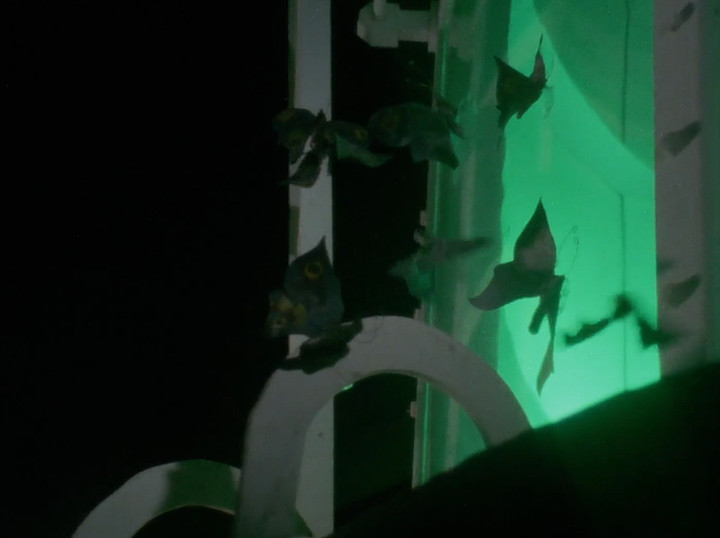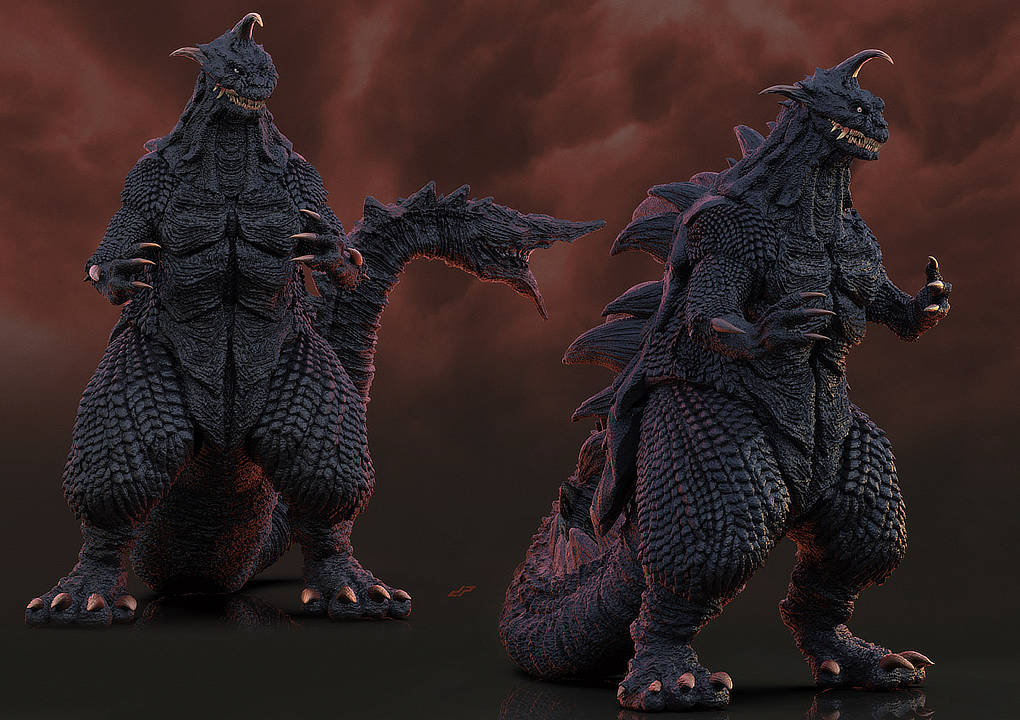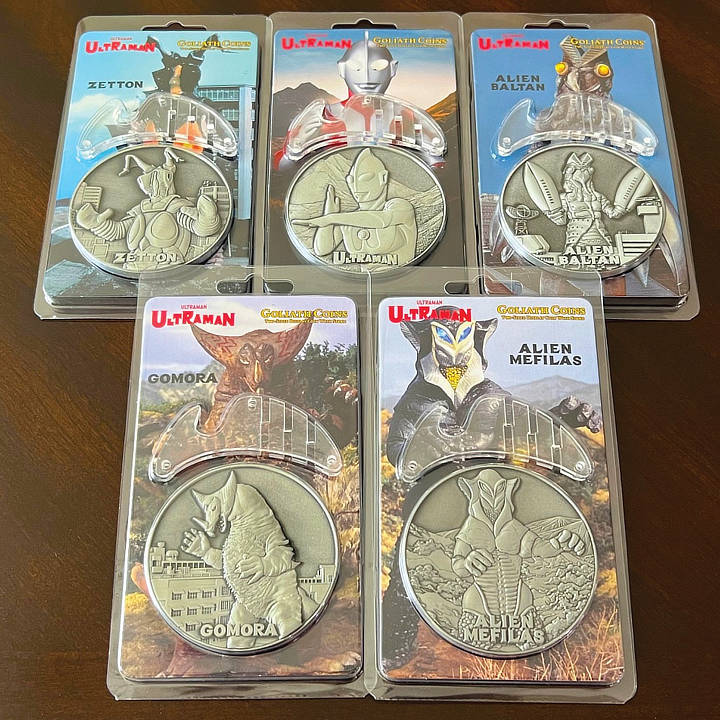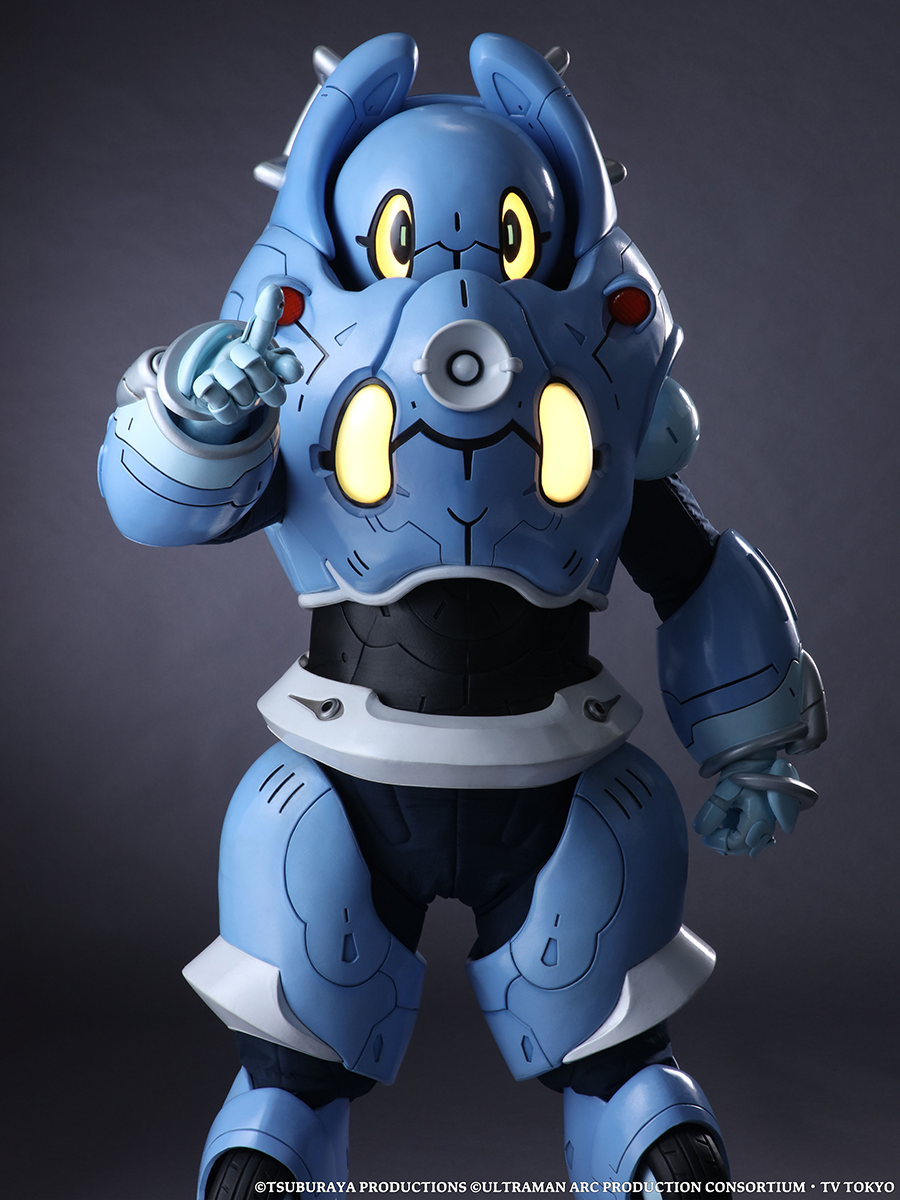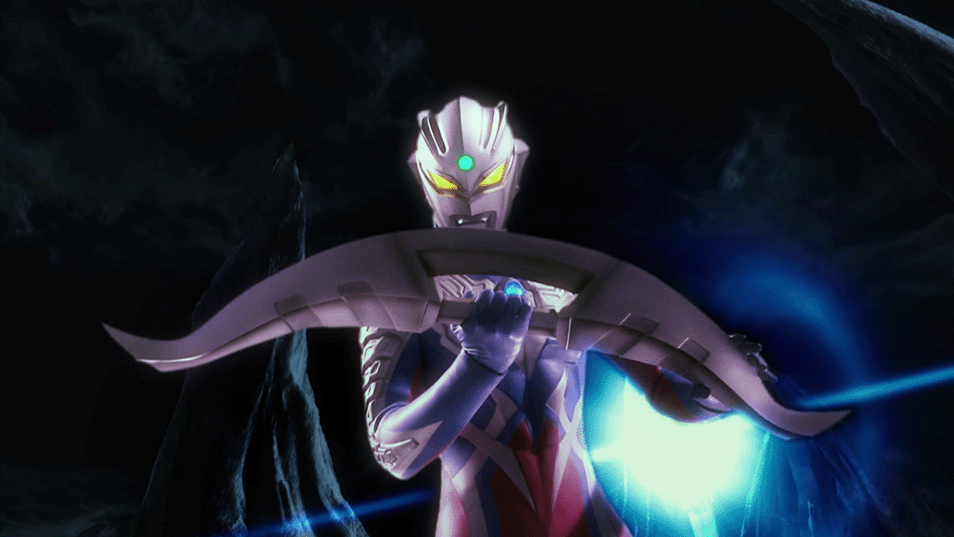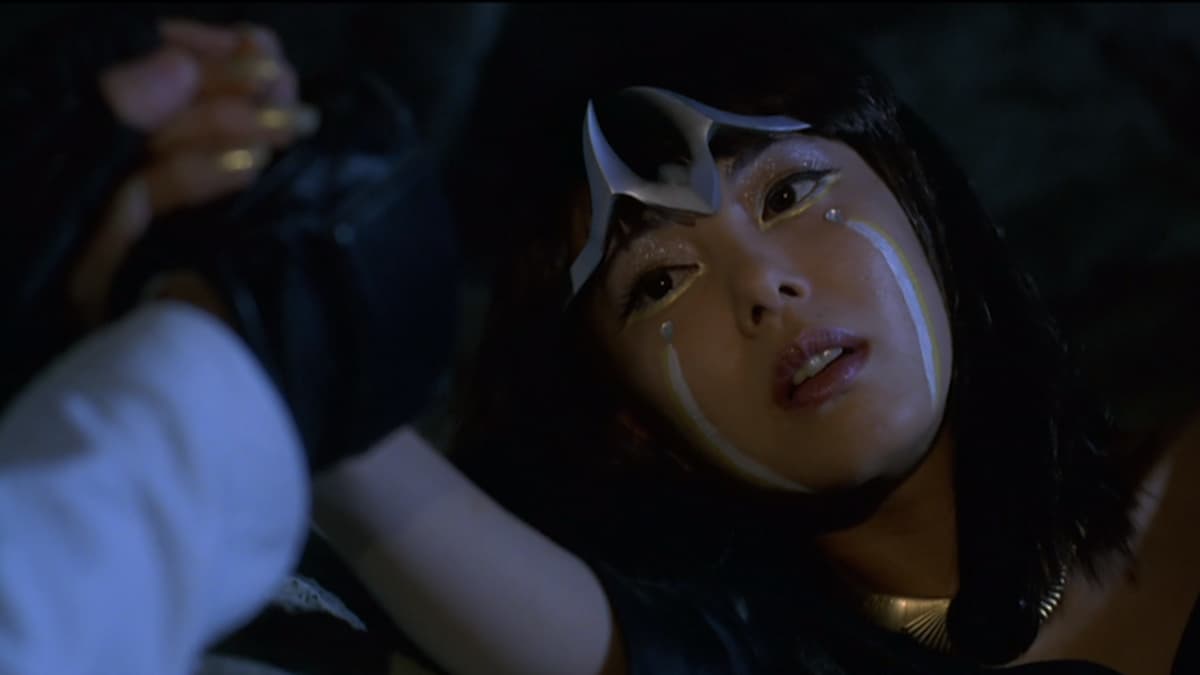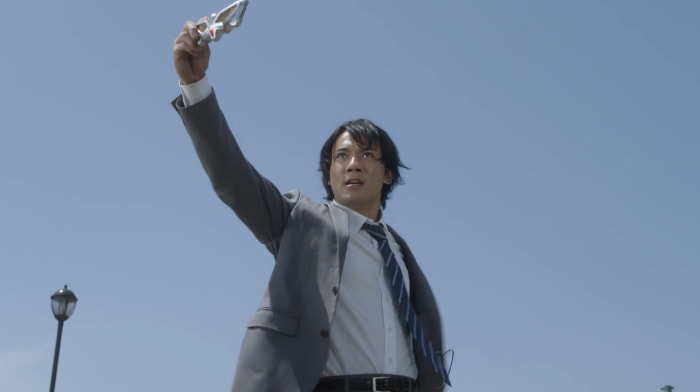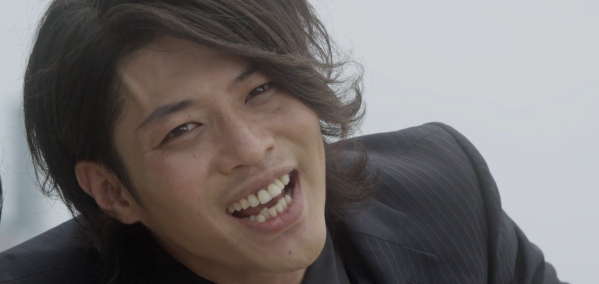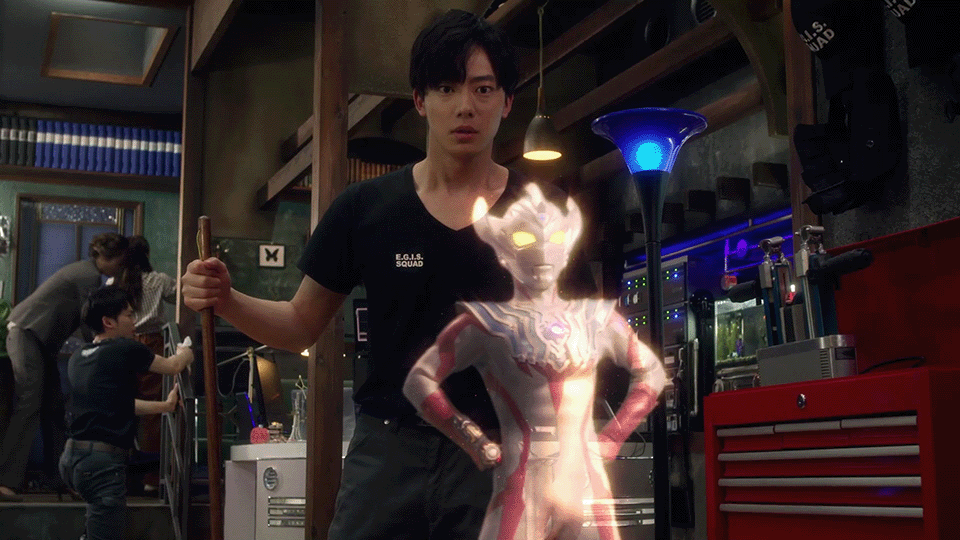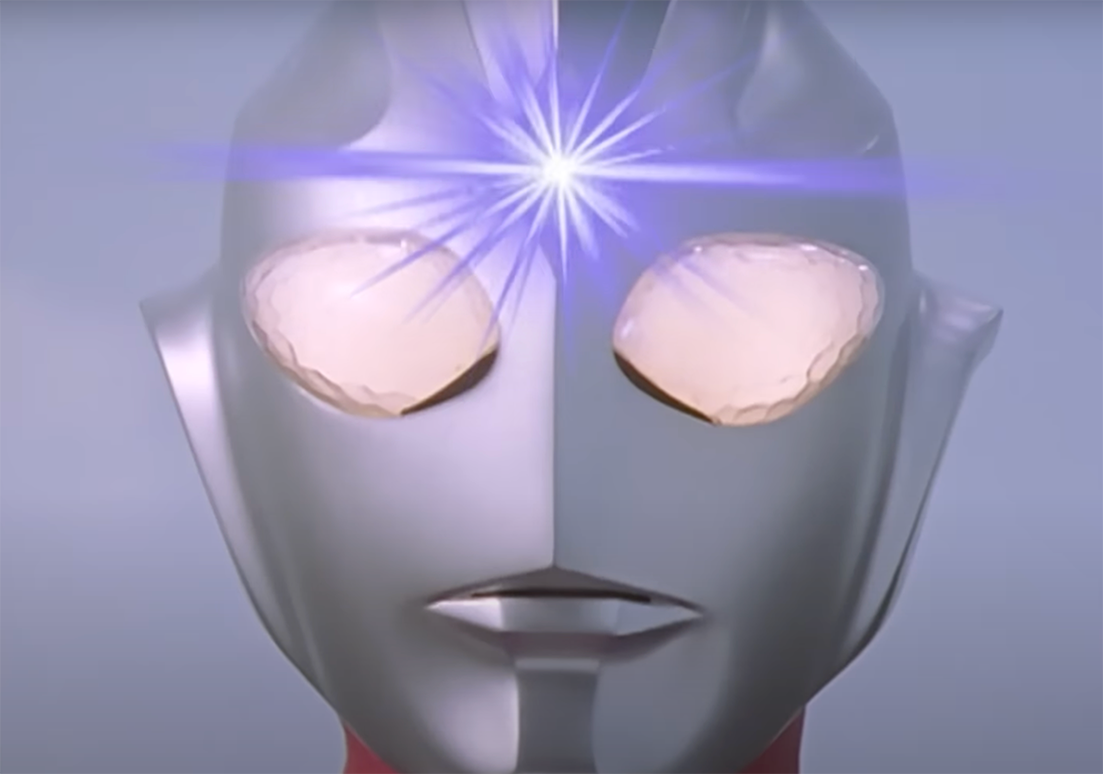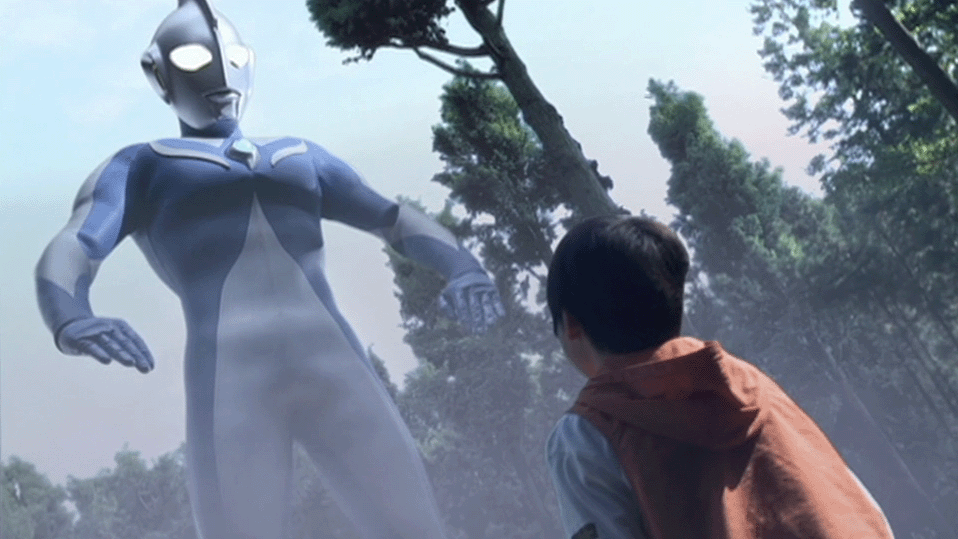When you think of the most dangerous threats faced by Ultraman, you probably think of the biggest, fiercest Kaiju of the series. Huge weapons like Zetton from the original Ultraman series, the Terrible-Monsters from Ultraman Ace, and others have come to symbolize the terrifyingly huge scale, and huge stakes of Ultraman’s fight to protect the Earth and humanity.
Not all of Ultraman’s deadliest challenges come from huge “Daikaiju”, however. This week in Ultraman New Generation Stars, the series revisits one threat from the Ultraman Blazar series which was much, much smaller… at first. Blazar himself still had to face down the colossal “Queen” Zugugan after the defense team SKaRD destroyed the nest of smaller Zugugan insects. But this wasn’t the first time a defense team, or an Ultra hero, had faced a destructive threat represented by a swarm of much smaller creatures. Let’s take a look back on these other swarms, which often are just as deadly – if not more so – than the traditionally giant Kaiju of the franchise.
Ultraman Taro usually is discussed only in reference to its playful, fairy-tale sense of comedy and its colorful cast of characters, including our hero, Kotaro Higashi himself. And it’s true, the show mostly takes a more light-hearted tone compared to many other stories from the classic years of the Ultraman franchise. But it can still deliver an emotional wallop when needed, and the series also lays down many significant aspects of the Ultraman franchise and its lore, especially when it comes to detailing the society of Ultras from the original Land of Light, in the nebula M78. Both of these aspects contribute to making the two-part story of episodes 25 and 26 especially powerful.
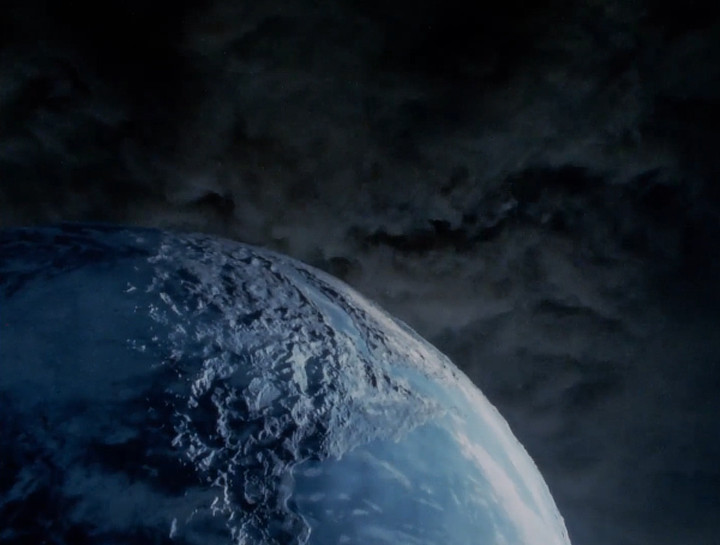
The story starts with the destruction of a far-off planet, which attracts the retribution of the Kaiju Mururoa. The “space monster” Kaiju flies to Earth, attacking it in revenge for its homeworld, but also brings a swarm of “space moths” with it. Together, Mururoa and the Space Moths attack airplanes and fighter jets indiscriminately, and even produce thick black smoke to block all sunlight from around the Earth!
One might call that overkill, but I dunno, we did destroy their planet. Seems only fair.
Joking aside, the threat is bad enough that Taro and the Ultras realize they can only clear the smoke and fight Mururoa by retrieving an artifact from their own world, the Land of Light. After a long quest to find the legendary “Ultra Bell”, they use it to drive away Mururoa and the moths, and protect peace on the Earth yet again.
From that synopsis you would think that most of this two-part story would be something of a high adventure space opera, dealing with intergalactic quests for fabled magical artifacts, and establishing important details about the history of the Land of Light and the Ultras themselves. Believe me, there’s plenty of that. However, the two episodes also have a parallel storyline which is treated as being equally significant for determining the fate of humanity.
The struggle of six young children fighting against despair in the middle of this war.
Even the nicknames used for each kid reflects this point, borrowing from the Ultra Brothers themselves. Their small, seemingly-mundane fight to keep their family together in the face of hopeless odds, in a hostile, darkened world, while fighting against their own fears and anxieties is just as important as watching Taro beat up the Kaiju Mururoa.
Monster “swarms” don’t show up quite as often as other Kaiju threats against the Earth in the Ultraman franchise, but this two-parter in Taro forms a sort of repeated narrative trope which other shows have echoed. Whenever huge swarms of smaller Kaiju appear, they always herald especially apocalyptic events: darkness, destruction, and even the arrival of other Kaiju attacks which could destroy all life on Earth in its wake.
And if there’s one show which comes to mind when I think of the word “apocalyptic”, it’s Ultraman Tiga. The series is fraught with warnings of a dire apocalypse from the very first episode, when Daigo Madoka gains the power of Ultraman Tiga, reawakened from the ruins of an ancient apocalypse. Along with Tiga’s power, the same dark threats which faced the Earth in those ancient times wake up at the same time to kick-start the same apocalypse once again.
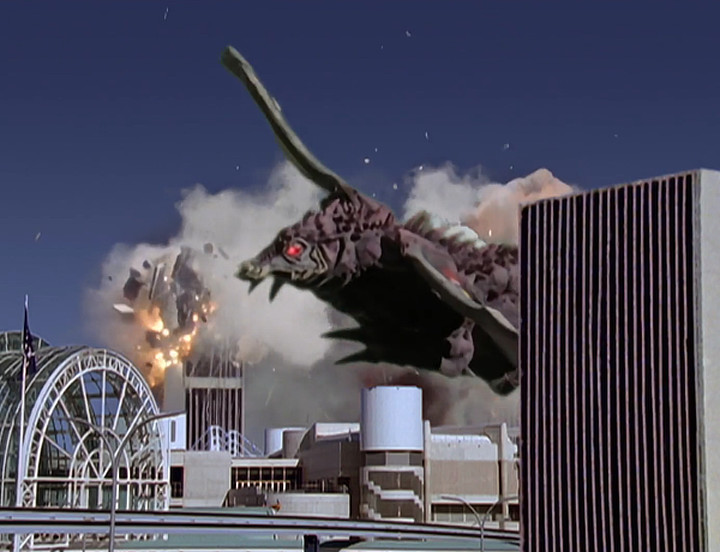
Things only get worse as the show gets closer to its endgame, including in episode 50 where the Kaiju Zoiger is released from its slumber, and begins wreaking havoc in the skies. Just fighting one Zoiger was a grueling challenge already, but an entire army appeared immediately after Tiga and the GUTS team’s short-lived victory.
They weren’t the final threat against the Earth though! They were only heralds of Gatanothor itself, the embodiment of ancient darkness which had already annihilated all life on Earth millions of years before. Of course our heroes triumph over darkness in the final episodes of Ultraman Tiga but that wasn’t the end of the Zoiger swarm. Another wave of even smaller, deadlier, and (if possible) meaner versions of Zoiger, called “Shibito Zoiger” were summoned along with the arrival of the Dark Giants in the movie Ultraman Tiga: The Final Odyssey.
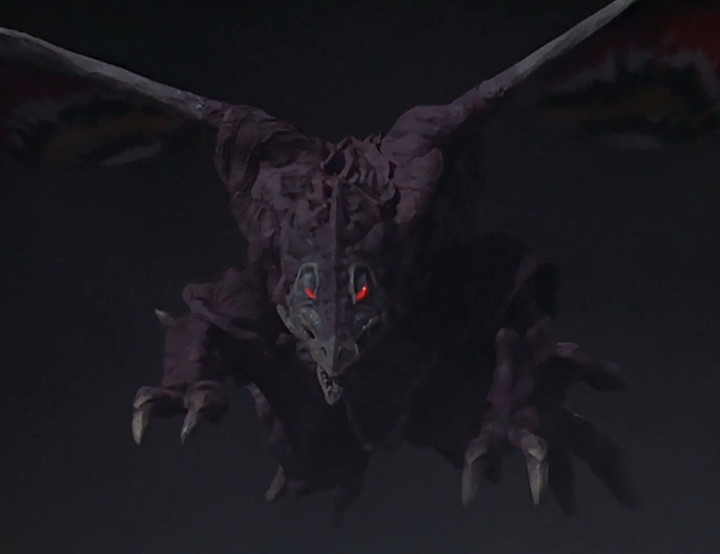
These swarms almost seem like Biblical plagues when they arrive, casting darkness over the entire planet, attacking indiscriminately, and laying waste to homes, families, entire cities and civilizations across the planet. It can be easy to despair in the face of cosmic powers which present themselves as evil, vengeful gods trying to wipe out humanity. Paradoxically, I think shrinking down the size of the Kaiju in these swarms brings the smaller stories of ordinary humans to the forefront, and gives a new source of hope and courage for those civilians, and for our Ultra heroes alike. In The Final Odyssey, the demonic swarm of Zoiger became a defining moment for the GUTS team, who united together to fight off the wave of monsters and even destroyed their nest, while Tiga himself faced down the Dark Giants.
The Zugugan insects from Ultraman Blazar don’t seem nearly as scary in comparison, I suppose. Anyways, while these swarms of apocalyptic Kaiju – whether they are moths, demon birds, bugs, or anything else – often bring humanity to the brink of despair, they also allow us to confront those fears head-on, face-to-face, and find our own courage fighting alongside Ultraman. They are never to be underestimated, but also have provided some of the most cathartically intense moments of the franchise in these stories.
